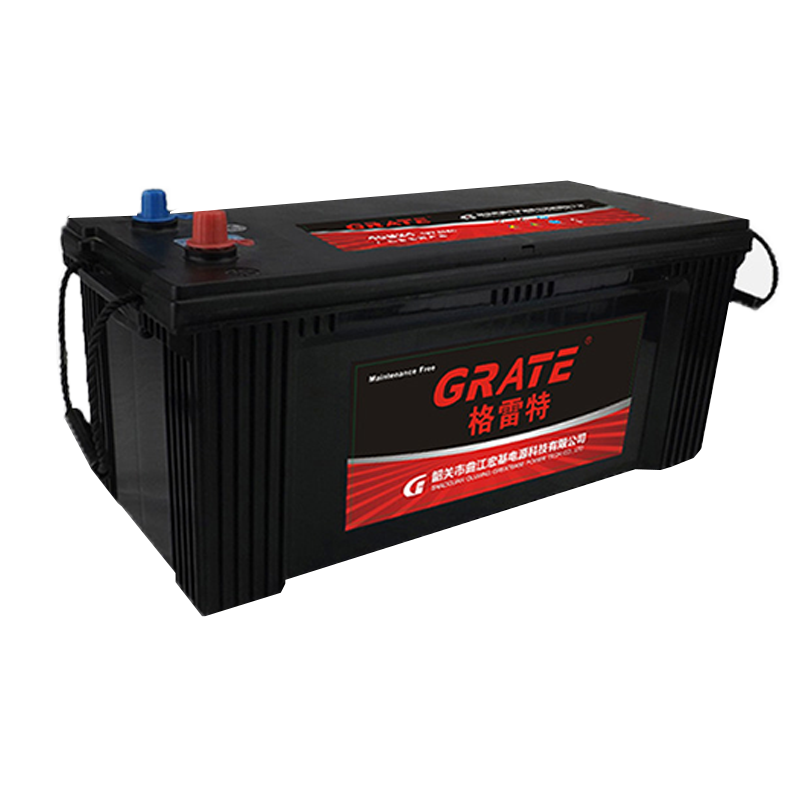Analyze the working performance of lead-acid batteries
Release time:
Aug 23,2024
Author:
Source:
The composition and working principle of lead-acid batteries Lead-acid batteries are composed of positive plates, negative plates, separators, electrolyte, and plastic tanks. The positive active material of the lead-acid battery is lead dioxide (PbO2), the negative active material is lead (Pb), the electrolyte is dilute sulfuric acid, and the positive and negative electrodes are separated by a separator. The ions in the electrolyte can pass through the micropores in the separator, and the electrons on the electrode cannot pass through the separator. After the lead-acid battery is discharged, the active material of the positive plate lead dioxide (PbO2) is converted into lead sulfate (PbSO4) and adheres to the positive plate, and the negative active material lead (Pb) is also converted into lead sulfate (PbSO4) and adheres to the negative electrode. The sulfuric acid in the electrolyte is dispersed into the plate, and the concentration of the electrolyte decreases. When a lead-acid battery is charged, the opposite reaction occurs. After charging and discharging reactions, the lead-acid battery can be reused until the stored capacity does not meet the requirements of the electrical appliance, and the life is terminated. Global lead-acid battery market size analysis in the past ten years, with the development of the international energy economy and the increasing improvement of people's living standards, the application field of lead-acid batteries is constantly expanding, and the market demand has also increased significantly. In the secondary power supply, lead-acid batteries have occupied more than 85% of the market share.

The composition and working principle of lead-acid batteries Lead-acid batteries are composed of positive plates, negative plates, separators, electrolyte, and plastic tanks. The positive active material of the lead-acid battery is lead dioxide (PbO2), the negative active material is lead (Pb), the electrolyte is dilute sulfuric acid, and the positive and negative electrodes are separated by a separator.
The ions in the electrolyte can pass through the micropores in the separator, and the electrons on the electrode cannot pass through the separator. After the lead-acid battery is discharged, the active material of the positive plate lead dioxide (PbO2) is converted into lead sulfate (PbSO4) and adheres to the positive plate, and the negative active material lead (Pb) is also converted into lead sulfate (PbSO4) and adheres to the negative electrode.
The sulfuric acid in the electrolyte is dispersed into the plate, and the concentration of the electrolyte decreases. When a lead-acid battery is charged, the opposite reaction occurs. After charging and discharging reactions, the lead-acid battery can be reused until the stored capacity does not meet the requirements of the electrical appliance, and the life is terminated.
Global lead-acid battery market size analysis in the past ten years, with the development of the international energy economy and the increasing improvement of people's living standards, the application field of lead-acid batteries is constantly expanding, and the market demand has also increased significantly. In the secondary power supply, lead-acid batteries have occupied more than 85% of the market share.
Latest information
Motorcycle battery life is generally how much?
Aug 29,2024
How to choose a suitable motorcycle battery
Aug 29,2024
Aug 29,2024
Battery production safety precautions
Aug 29,2024

Copyright©2024 Shaoguan Qujiang Greatbase Power Tech.Co.,Ltd.








